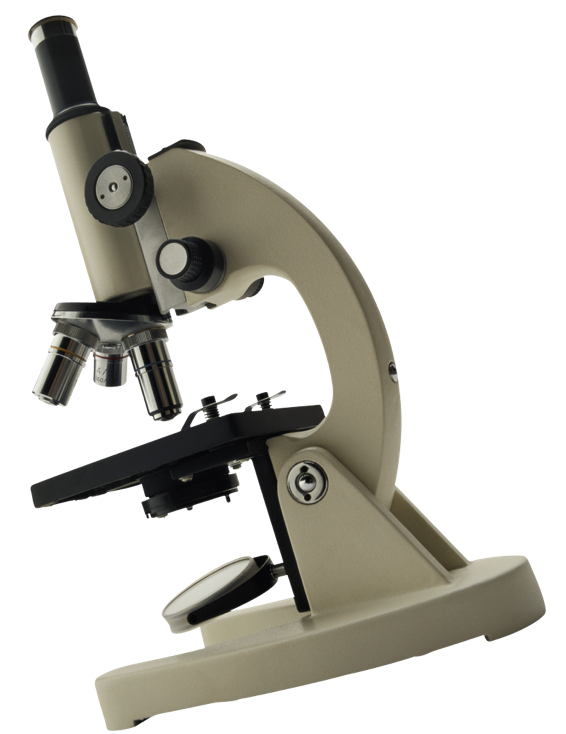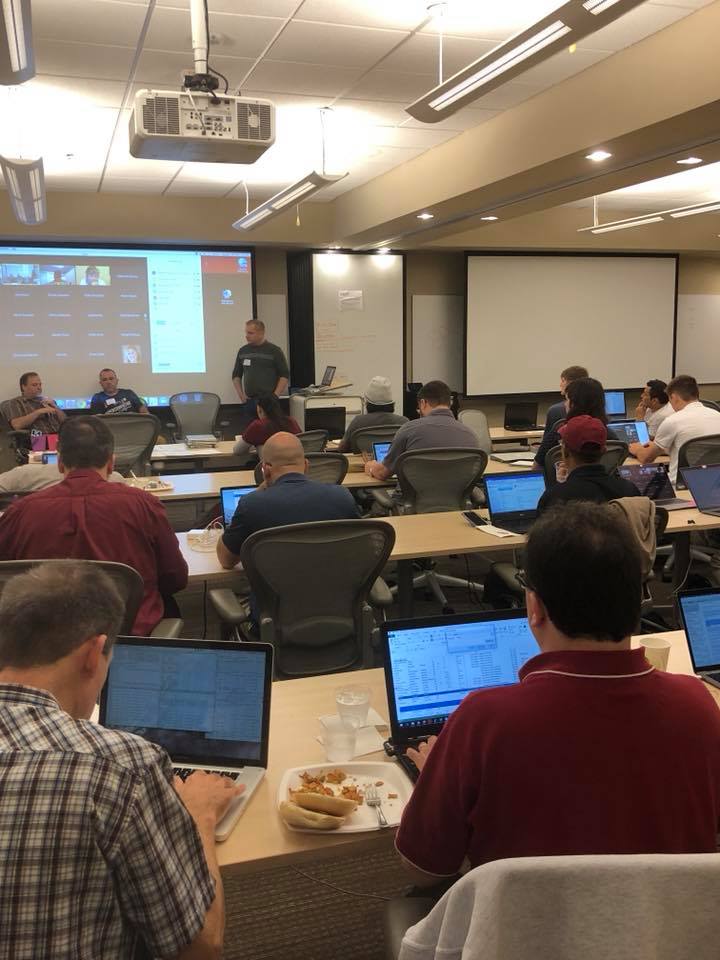Running ImageJ on the HPCC
Wed 04 December 2019 by Dr. Dirk Colbry![]()
A group working over in Plant and Soil Sciences are experts on ImageJ but are relatively new to the HPCC. Together we put together a workflow for getting ImageJ up and running on the HPCC.
Step 1: Log onto the HPCC with an X11 connection
Log onto the HPC using an X11 connection. You need x11 in order to test the install using the Graphical User Interface (GUI). If you are on windows, I recommend MobaXTerm as an easy way to get started, if you are on Mac you may need to install XQuarts.
If you don't have X11 working you can try logging in using the HPCC remote server and a "full linux desktop" by going to the following website:
https://webrdp.hpcc.msu.edu
You can test if graphics are working by typing the following on the command line:
xeyes
Step 2: Install ImageJ
For this step I recommend installing Fiji (Fiji is just ImageJ) which a little easier to use than ImageJ proper. For one thing it makes installing a few plug-ins much easier.
Download the 64-bit installer into your home directory on the HPCC. Go to the Fiji website to get a URL link to the latest version. Once you have the URL you can run the following command on an HPC Development node:
wget https://downloads.imagej.net/fiji/latest/fiji-linux64.zip
After the file has downloaded you just need to unzip the file using the following command:
unzip fiji-linux64.zip
Test ImageJ using the following command:
~/Fiji.app/ImageJ-linux64
The first time running it will ask if you want to run the "updater." I would recommend doing this.
Step 3: Install needed plugins
Once you have Fiji running you shold be able to install most plugins from the user interface. You can also copy plugin jar files to the plugins folder inside the Fiji.app folder.
Step 4: Write a Macro
You can run for about 2 hours on any of the HPCC development nodes, however, to really take advantage of the HPCC you want to run in batch mode. Batch mode does not let you use the mouse and click on the graphics which means you need to create an ImageJ macro that runs from start to end without any user input. For now I will assume that you know how to make a macro, if not, you may have to look for some sort of online tutorial or read the manual,
If you want to just do a quick test I recmmend making a macro with just a "hello world" print command as follows:
print(hello world);
Save the file as myMacro.ijm
Step 5: Submit the macro to the scheduler
Let us assume that your macro name is myMacro.ijm then the following submission script should work to get your macro running in SLURM:
#!/bin/bash
#SBATCH --mem=4gb
#SBATCH --time=04:00:00
#SBATCH -n 1
#SBATCH -c 1
module load java
module load powertools
srun ~/Fiji.app/ImageJ-linux64 --headless --memory=4000M -macro myMacro.ijm
js $SLURM_JOB_ID
If we call the above script runFiji.sb then you can submit the job to the SLURM scheduler using the following command:
sbatch runFiji.sb
That should be it. You can change the required memory or the amount of time it takes to run.
HPCC SLURM Buy-in Notes
This year, the HPCC moved over to SLURM. Overall, I think the new scheduler is nice but it required me to relearn a bunch of things I have gotten to know by reflex.
One nice new feature is that I can manage our own Buy-in account. The CMSE department has …
read moreUnderstanding Research Technology Support and Where it Fails

I was invited to give a talk to a newly formed IT Research Support group here on MSU campus. As the name suggests, the purpose of this group is to find the best ways to help researchers use technology to do their science.
This talk was a patchwork of many …
read moreUsing an X11 Virtual Frame Buffer to run GUI jobs in batch mode on the HPC.
Emerging Technologies (FPGAs) @ 2018 ACI-REF VR

Today is the last day of the 2018 ACI-REF Virtual residency workshop here in Norman Ok. It was a great week with a lot of great people. I highly recommend the workshop for anyone in the area of Advanced Computing Instruction especially those do some Research and Education Facilitation in …
read moreDeciding Which Technologies to Adopt, and When @ 2018 ACI-REF VR

I had fun leading a discussion on Deciding Which Technologies to Adopt, and When at the 2018 ACI-REF Virtual residency event in Norman Oklahoma. Since many of the participants were virtual I experimented with doing a Brainstorming exercise over zoom. We had local volunteers on typing in comments from our …
read moreTeams of CI Professionals: Recruitment & Retention, Management, Team-building, and Motivation Panel @ 2018 ACI-REF VR

Thank you Aaron Bergstrom (U North Dakota) for facilitating the panel discussion on Teams of CI Professionals: Recruitment & Retention, Management, Team-building, and Motivation at the 2018 ACI-REF Virtual residency. My fellow panel members included:
- Jerry Perez, U Texas Dallas
- Derek Leydig, Pennsylvania State U
- Claire Mizumoto, U California San Diego …
Installing RStudio on the MSU HPCC

These instructions are for installing RStudio on the HPCC. RStudio provides a variety of installers on their website https://www.rstudio.com/products/rstudio/download2/. However, the HPCC uses an older version of Linux and the precompiled binaries are not compatible. Trying to install RStudio from the source code is …
read moreManaging Inconsistent Runtimes on the HPCC
Inverse Problems Seminar
I was invited to give a talk at the inverse seminars symposium:
https://inverseproblems2018.org/
At first I was a little nervous since I don't consider myself an expert in inverse problems so I did not fully understand what they wanted me to present. However after talking to the organizers …
read more

